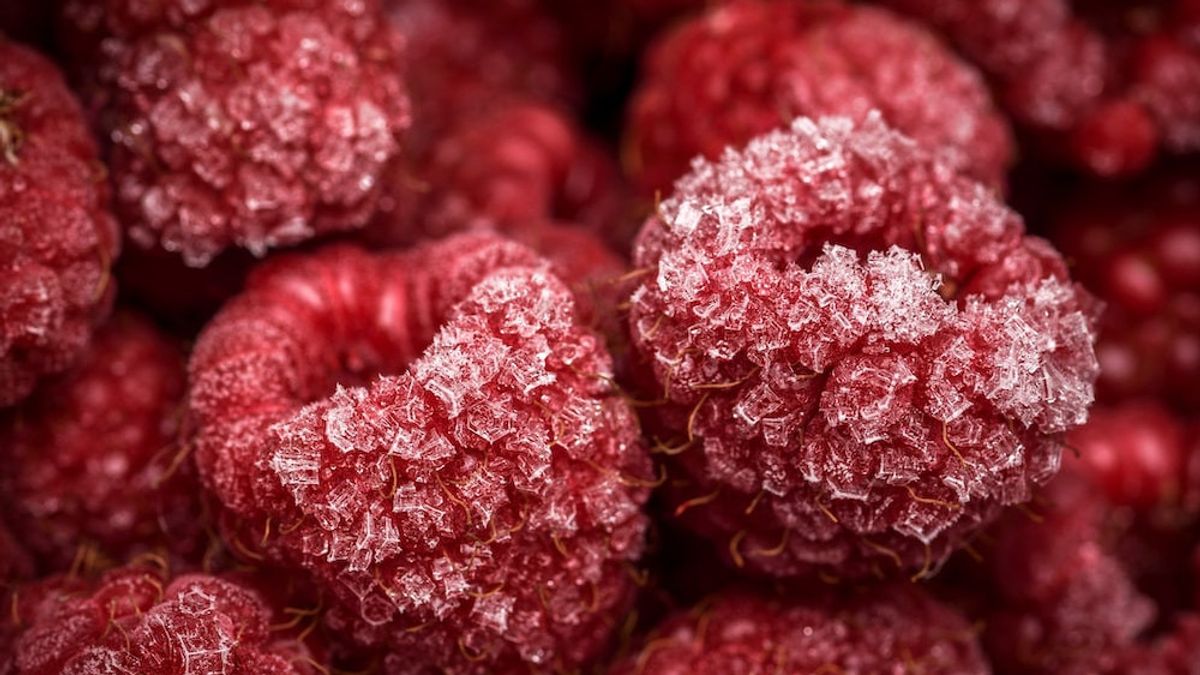YOGYAKARTA Frozen food is relied on by the community and even becomes part of a lifestyle. Besides being easy to obtain, the processing is relatively easy. These two conditions make many people not pay attention to the rules for processing frozen foods.
Paying attention to the rules for processing frozen food, consumers will avoid health problems caused by the growth of bacteria in frozen foods. For more details, see the following article.
In general, frozen food is food that is preserved by freezing at certain temperatures so that it can be consumed at any time. Frozen foods must be stored in refrigerators such as freezers or storage boxes that can encapsulate frozen temperatures. Examples of frozen food such as vegetables, fruit, pasta, kebab skin, moci cake, cow cornets, beef burgers, beef meatballs, meatballs, meat embalts, sausages, and many more.
Meanwhile, frozen food processing is a process carried out from the start until the food is ready to be served. This processing process must be considered properly so that food remains in good condition and is not contaminated with bacteria.
It must be noted that frozen food must be stored in a refrigerator with a temperature of -18 degC so that its ice is maintained. When food is stored in a frozen cupboard, its resistance can last for months depending on the condition of the food itself. For example, you store ice cream in the freezer for one month. These foods can be consumed as long as they appear clean and not contaminated with other substances.
There are several unwritten rules that must be considered when eating frozen foods, namely as follows.
The first rule when processing food is still frozen is not recommended to cook it directly. You have to disburse frozen food first. How to disburse frozen food is easy but it takes time, namely by soaking it with room-temperature water. You can also store the food in the refrigerator all day long. These two methods take quite a relatively long time.
However, there is a way to quickly disburse frozen food, namely with a microwave. The way is easy, just put the food in a heat-resistant container and place a container filled with frozen food into the microwave and heat it up for a while.
This step is often ignored because many people think that there are no bacteria in frozen foods. Whereas bacteria can grow in food during the disbursement process. Washing frozen food can be done by flowing water from the tap. Washing food is important especially for natural ingredients such as fruits, vegetables, fish, or meat.
Food ingredients stored in the freezer with a temperature of -18°C are indeed very durable and can last for months. However, this rule does not apply to all foods. Each type of food has the maximum time to store in the freezer, which is as follows.
Don't freeze food over and over again. Recommendations for re-freezing can only be done once so that the quality of food is maintained and bacterial contamination can be avoided. If you want to cook frozen food, just take enough frozen ingredients.
Canned packaging on a cornet or sardine is not intended for freezing temperatures. You don't have to store whole canned food in the refrigerator. Canned packaging cans can bend and trigger bacterial contamination.
That's information regarding the rules for processing frozen food. Visit VOI.ID for news updates.
The English, Chinese, Japanese, Arabic, and French versions are automatically generated by the AI. So there may still be inaccuracies in translating, please always see Indonesian as our main language. (system supported by DigitalSiber.id)













